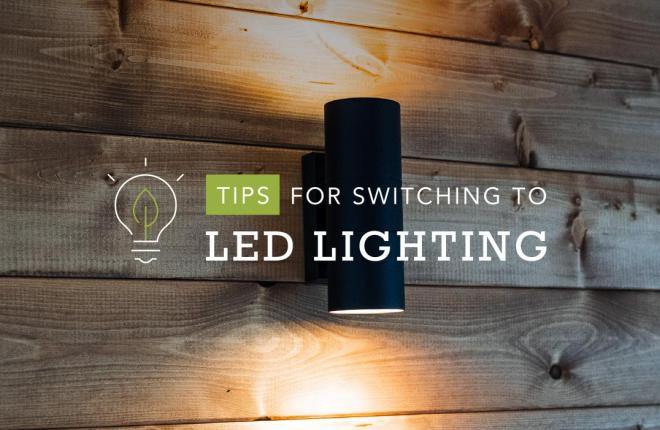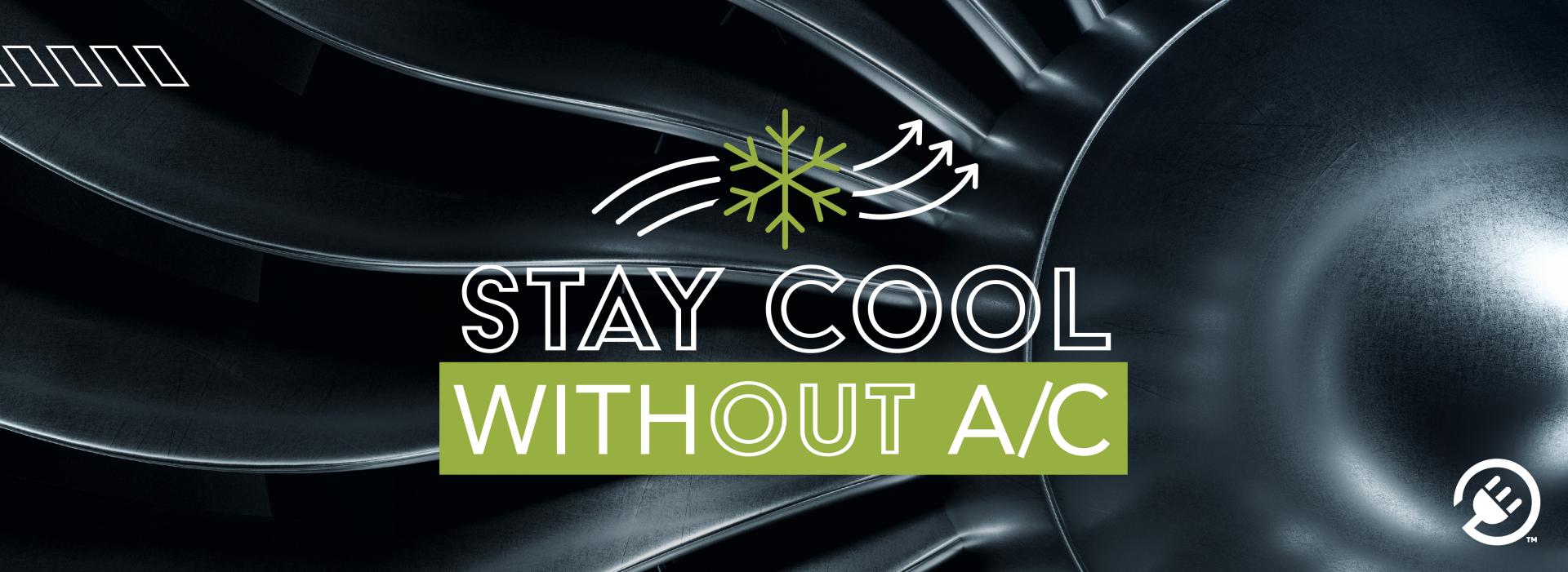
May 28, 2020
How to Cool Your Home Without Central Air Conditioning
Keeping your home cool this summer doesn’t have to require a huge budget or a relocation to the Southern Hemisphere for a little more of winter. It also doesn’t have to mean large increases to your electric bill or energy use.
Other cooling ideas for your home vary from room-specific solutions to whole-house AC alternatives. The cooling solutions associated with beating the heat can also differ widely, from a simple room fan to excavating for an extensive geothermal heating and cooling system.
Alternative Cooling Solutions for the Whole House
Frequently when we think of air conditioning, we envision a traditional unit that pulls air from the outside, cools it with a refrigerant, and uses a fan(s) to move the cooler air through vents throughout the home.
But that’s not available for everyone. Whether your home doesn’t have ducts for central air or you’re simply looking for ways to be cost and energy-conscious this summer, there are a variety of alternatives. You can cool off with swamp coolers, geothermal pumps, or attic fans.

Swamp Coolers
Swamp coolers are mounted on or near the top of the home and pull air through a water-soaked sponge that cools it. In rooms that need to be cooler than others, you can crack a window to let the warmer air escape, leaving the cooler air in the room. Swamp coolers use less energy overall than whole-home AC units, which saves you money on your bill. Unfortunately, due to the moisture required to cool the air, swamp coolers are only effective in dry climates.
Geothermal Heating and Cooling
The temperature underground is far more consistent than up here on the surface - a nice 54 degrees about ten feet below our feet. By taking advantage of these stable temperatures, a geothermal heating and cooling system can be up to 65% more efficient than a traditional central air conditioning unit. The system exchanges warmer air in your home, for cooler, subterranean temperatures by circulating liquid through buried pipes. The installation of a geothermal system requires a lot of excavation to bury pipes, making it a bigger investment upfront than other options.
Air Source Heat Pumps
Air source heat pumps can provide very efficient cooling (and heating but that’s another story) for your home. An air-source heat pump can deliver efficient cooling by pumping a refrigerant through the indoor and outdoor coils much like your refrigerator. They look and act much like a central air conditioner but they are more efficient and cost less to operate.
Attic Fans
Attic fans can lower your whole home’s temperature but without the component of humidity used with swamp coolers. These fans ensure constant air circulation to vent out the hot air that can sit in a house’s attic. This option works best on days that are below 80 degrees since there isn’t any coolant treating the air. An attic fan’s effectiveness drops if your attic or roof is well-insulated – you’ve already kept the heat out!
Room-to-Room AC Solutions
If you’re looking for a way to cool only the main living spaces, not the whole house, there are several cooling options ranging from simple window air conditioners to ductless mini-split systems.
Portable Window Units
These mini air conditioning devices commonly sit in windows or can sit on the floor with an exhaust hose to vent. By pulling the hot air out of the room, these efficient devices will keep you comfortable in the space you spend the most time in. They are easy to start up or turn off, making them ideal for energy-conscious consumers.
Ductless or Mini-Split Air Conditioner
Not as common in our region as in bigger cities or even abroad, ductless or mini-split air conditioning units are installed on a room-by-room basis, with multiple individual units connected to an outside hub. These systems are growing in popularity due to the ease of installation in home with or without duct systems.
Acting as a typical air conditioning unit, this hub pulls air in and treats it with refrigerant, but delivers it via tubing rather than ducts to the individual rooms. These devices are also easy to turn on and off, and cool rooms down quickly, making them another efficient choice.
Other Helpful Cooling Options
Other ways you can keep your home cool include hanging sun-blocking curtains, ensuring your home is well-insulated, and installing double-paned windows. These small actions will help keep your home a few degrees cooler, however, you decide to control your climate.
Look for an Energy Star rating/label when making your cooling equipment purchases. Also the higher the Seasonal Energy Efficiency Ratio (SEER) the more you’ll save on operating costs. However, higher SEER ratings do come at a higher cost but over time you’ll save money and be able to recoup that added purchase cost.
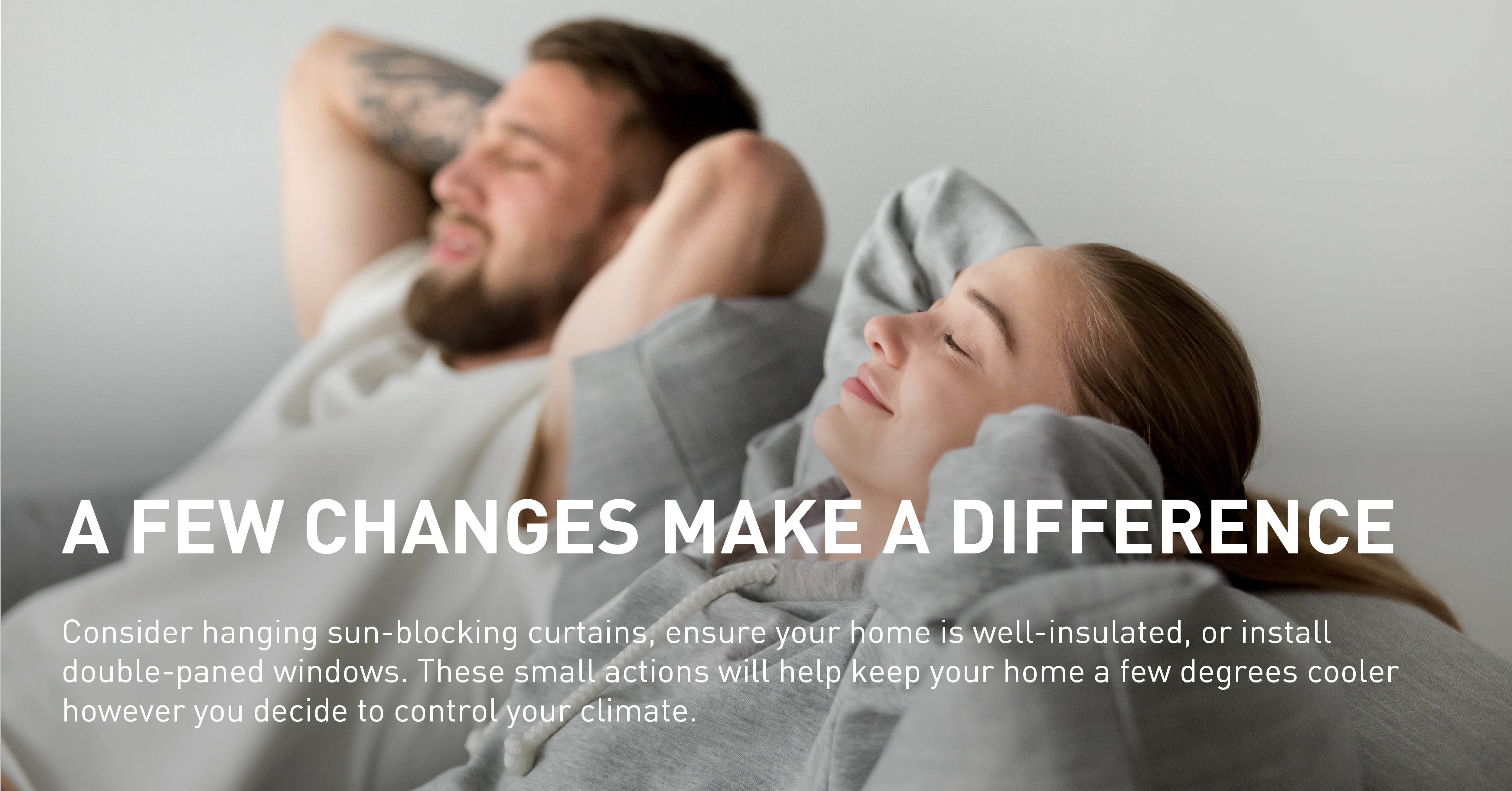
Central Air Conditioning Systems
If your home already has ductwork, this might be a cost-effective solution. These systems circulate air through supply and return ducts and registers typically located in your floors but can also be in the ceilings and operate much like heat pumps. Central systems are more efficient than room air conditioners and will provide fairly uniform cool temperatures throughout the home. If your home is a fit for central AC, you might want to look at an air source heat pump and get multiple benefits from this type of install.
For other recommendations, or to find out more about a solution mentioned here, contact your local electric cooperative or public power district. They might also have incentives for higher SEER cooling equipment.
Electrify and Save™
--
About Tri-State
Tri-State is a power supply cooperative, operating on a not-for-profit basis, serving electric distribution cooperatives and public power district member-owners in four states. Together with our members, we deliver reliable, affordable and responsible power to more than a million electricity consumers across nearly 200,000 square miles of the West. Visit www.tristate.coop.
Blog Posts
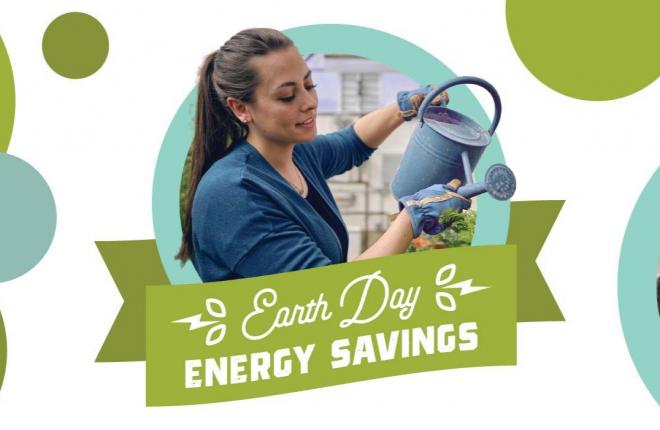
Earth Day 2021 Energy Saving Tips
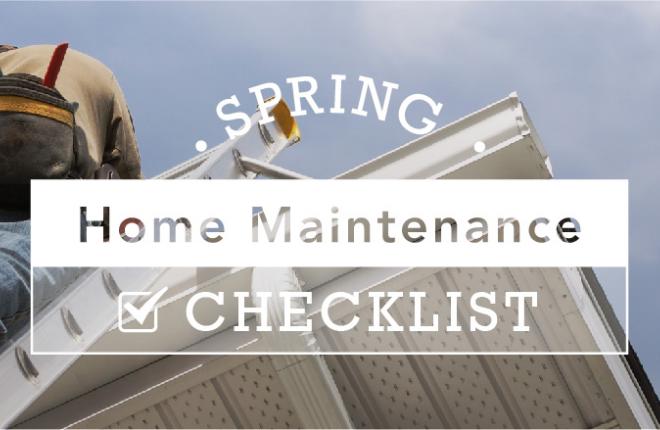
Home Maintenance Checklist for Spring
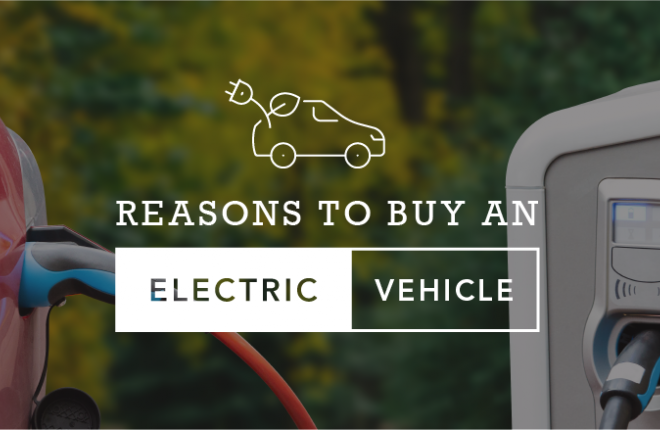
The Surge of Electric Vehicles in 2021
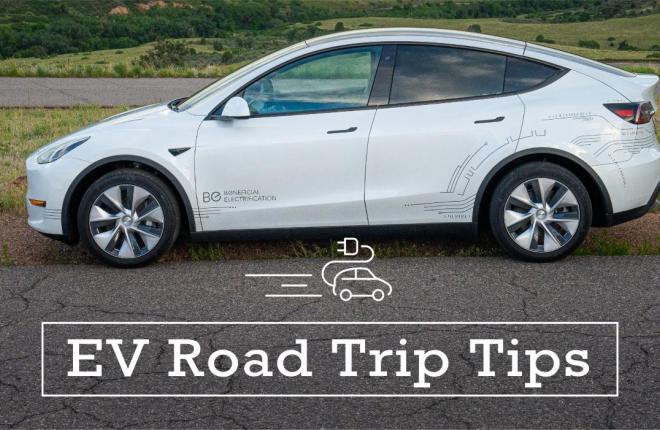
Spring Road Trip Tips in Your EV
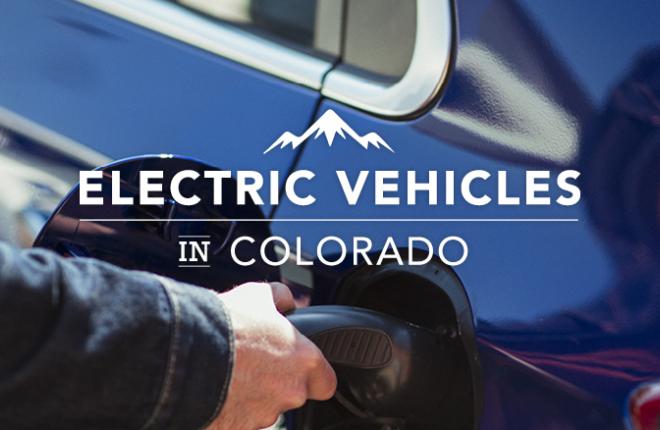
Electric Vehicles in Colorado: How Tri-State is Helping Members Transition
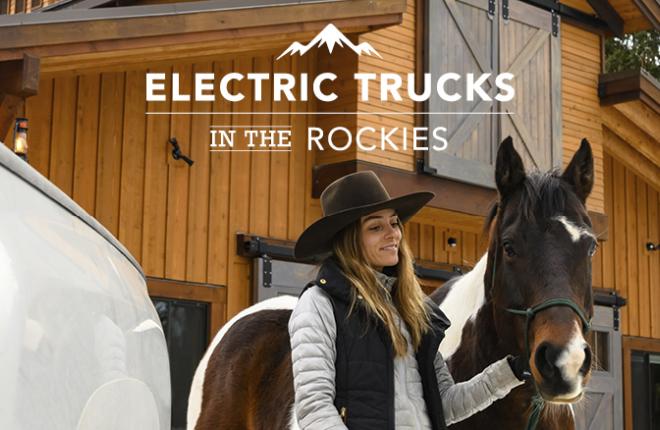
Electric Trucks May Be the Future for The Rockies

Induction vs. Gas Cooktops

What is Beneficial Electrification?
